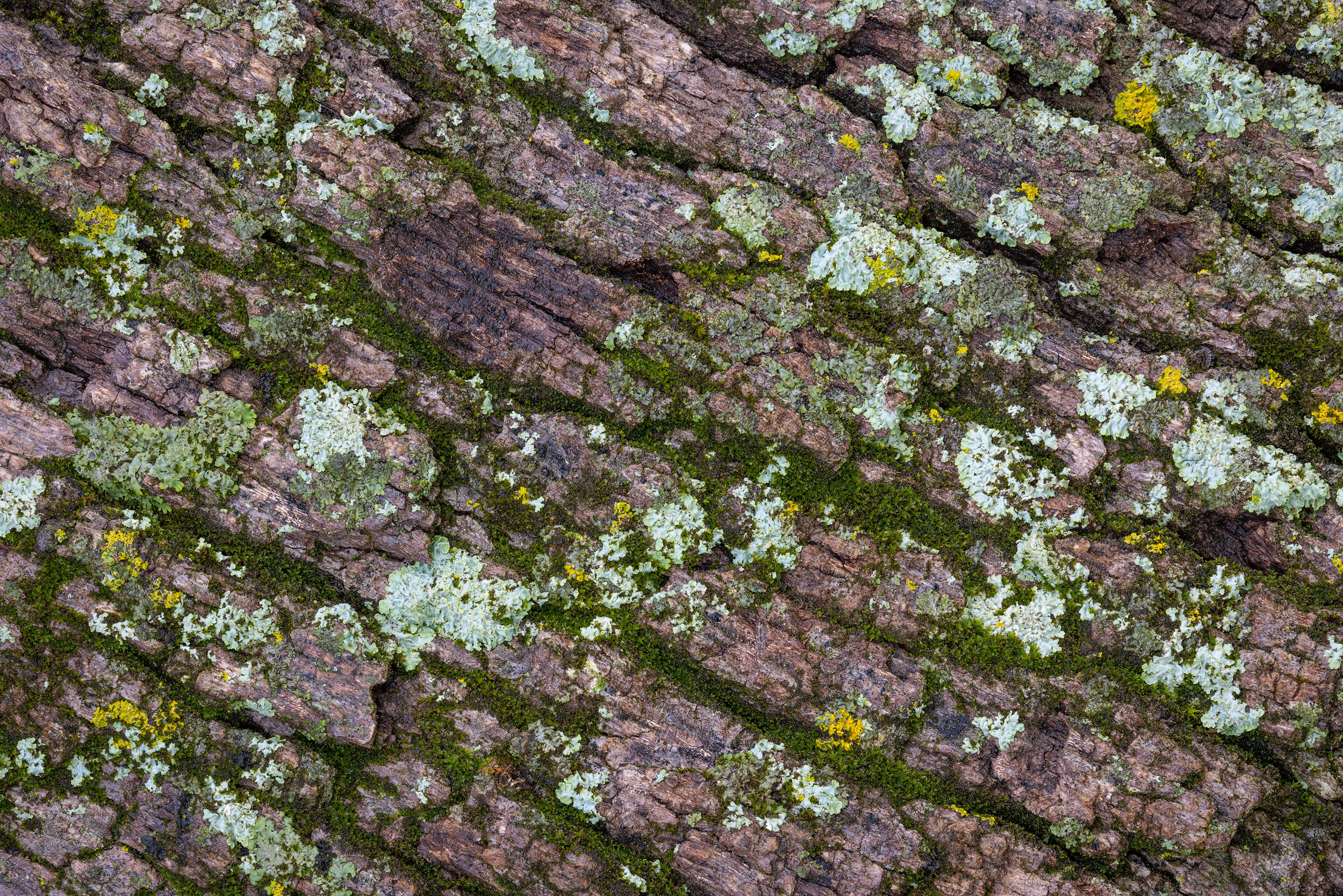I have recently served as a judge for a few different photo club competitions (in addition to being a judge for five award seasons with international photo competitions) and continue to see the same issues pop up. Some of the issues are really basic, like dust spots and tilted horizons, while others are far more subjective. With these experiences in mind, I share some advice to consider when you prepare your next competition entry (or magazine submission, gallery show entry, portfolio, or even your next social media post). This article represents the perspective of exactly one judge—me—so don’t consider it a checklist but instead a single point of view on a complex topic.
Read MoreEntering a Photo Competition? Consider This Advice
A lovely spiral aloe, referenced in the text below.












